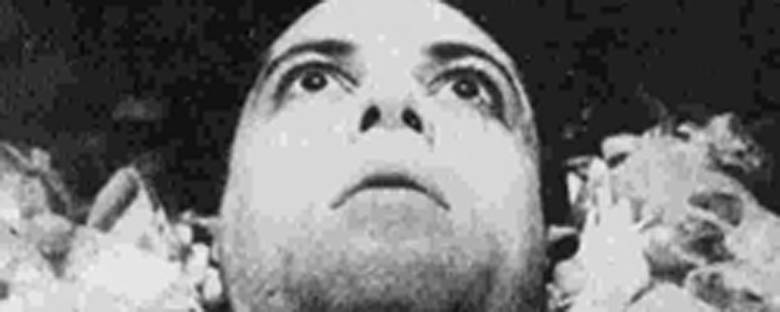Reviews
Vampyr – Der Traum des Allan Grey
Carl Theodor Dreyer
France / Germany, 1932
Credits
Review by Leo Goldsmith
Posted on 23 October 2004
Source Image Entertainment DVD
Related articles
features: October: 31 Days of Horror
Like much of early 1930s cinema, Carl Theodor Dreyer’s Vampyr exists in a strange limbo between silent and sound film styles. Originally shot as a silent, with sound added later, the film is a peculiar mix of visual and aural narration. Lengthy intertitles and agile camerawork by frequent Dreyer collaborator Rudolph Maté combine with minimal (and largely superfluous) dialogue and atmospheric sounds.
Fortunately for Dreyer (or perhaps as the director had intended), the effect of this odd, transitional style is thoroughly disorienting and therefore very much in keeping with the subject matter of the film as a whole. Nearly all of Dreyer’s films concern the cinematic representation of interiority (through camera movement, lighting, close-ups, sound, and especially performance), but Vampyr is surely one of the most extreme, expressionistic examples.
The film follows Allan Grey, a young man whose studies of devil worship have robbed him of a firm grasp of the “boundary between the real and unreal.” Given to “aimless journeys” (which usually have him wandering in and out of houses unannounced), Grey is like a more decadent version of Ordet’s Johannes, whose sense of the real was upended by his reading of Kierkegaard. Like Johannes, however, Grey also wakes from his reverie to help a woman rise from the dead, although this time the woman is the victim of an insidious outbreak of vampirism, which has even seduced the village doctor.
Vampyr plays upon a number of the archetypal fears of modern horror (science, doctors, disease, women, insanity, premature burial), but the film’s power lies in its range of disorienting visual effects. Characteristic of Dreyer, a particularly active camera (as yet unencumbered by the complexities of sound recording) creates a sense of maze-like spaces with 360° pans and tracking shots that prefigure the dreamlike steadycam work of late Kubrick. As a German co-production, the film borrows much from the light design of Weimar cinema, suggesting the skewed sense of reality that characterizes the protagonist’s consciousness.
We don’t do comments anymore, but you may contact us here or find us on Twitter or Facebook.



